Archives
- 2025-11
- 2025-10
- 2023-07
- 2023-06
- 2023-05
- 2023-04
- 2023-03
- 2023-02
- 2023-01
- 2022-12
- 2022-11
- 2022-10
- 2022-09
- 2022-08
- 2022-07
- 2022-06
- 2022-05
- 2022-04
- 2022-03
- 2022-02
- 2022-01
- 2021-12
- 2021-11
- 2021-10
- 2021-09
- 2021-08
- 2021-07
- 2021-06
- 2021-05
- 2021-04
- 2021-03
- 2021-02
- 2021-01
- 2020-12
- 2020-11
- 2020-10
- 2020-09
- 2020-08
- 2020-07
- 2020-06
- 2020-05
- 2020-04
- 2020-03
- 2020-02
- 2020-01
- 2019-12
- 2019-11
- 2019-10
- 2019-09
- 2019-08
- 2019-07
- 2019-06
- 2019-05
- 2019-04
- 2018-07
-
br Molecular mechanisms underpinning GSNOR function in the d
2022-01-10
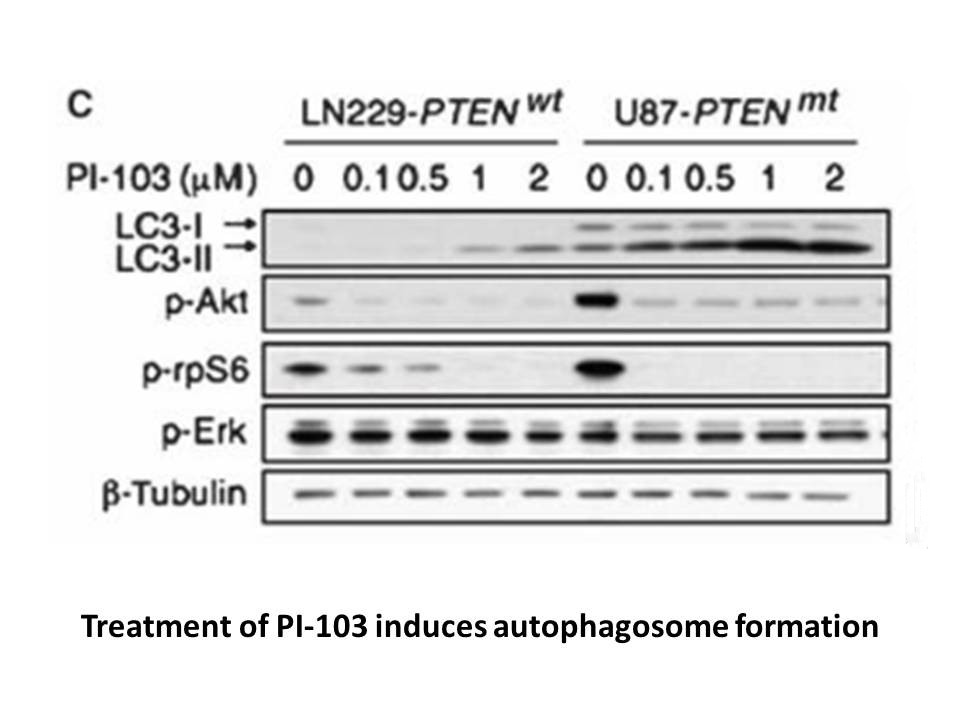
Molecular mechanisms underpinning GSNOR1 function in the defence response Recently, Arabidopsis GSNOR1 has been shown to govern the extent of S-nitrosylation of two key regulatory proteins, Non-Expresser of Pathogenesis-Related Genes 1 (NPR1) and SA binding protein 3 (SABP3), which are integral t
-
In parallel we were also preparing and
2022-01-10
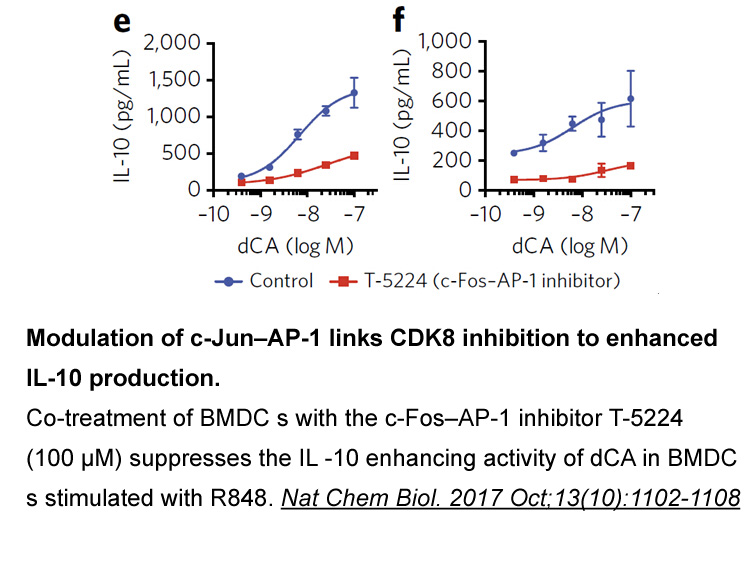
In parallel, we were also preparing and evaluating other piperidine bioisosteres and modifications to – to further access additional novel intellectual property (IP) space. Modeling work suggested that 4-position homologated piperidines, as well as 3-position homologated azetidines overlapped favora
-
Another group of secreted proteins that determine
2022-01-10
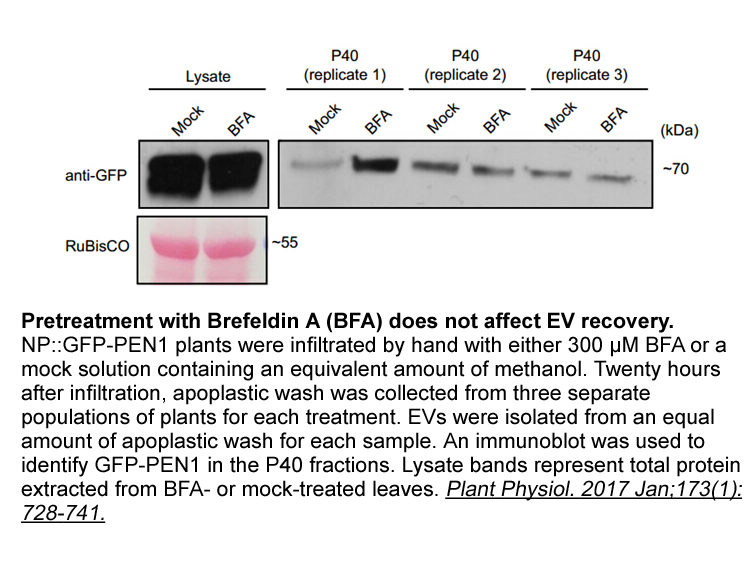
Another group of secreted proteins that determine the virulence of V. dahliae are effectors and microbe associated molecular patterns (MAMP) that regulate plant immunity [10]. So far, there is only one WM-1119 australia gene Ave1 cloned in V. dahliae, yet it does not exist in race 2 strains such as
-
br Results and discussion CATALYST
2022-01-07
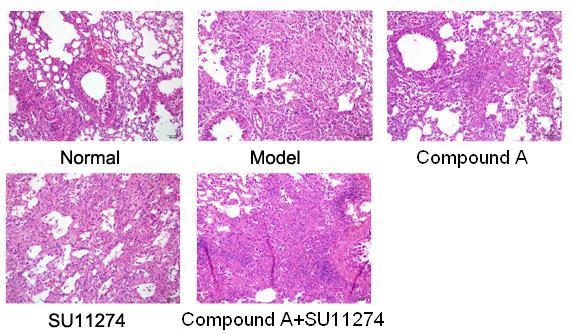
Results and discussion CATALYST software allows automatic pharmacophore construction by using a collection of molecules with activities ranging over a number of orders of magnitude. In addition, CATALYST pharmacophores (hypotheses) explain the variability of bioactivity with respect to the geomet
-
The presence of FBP in nuclei seems to accompany the
2022-01-07
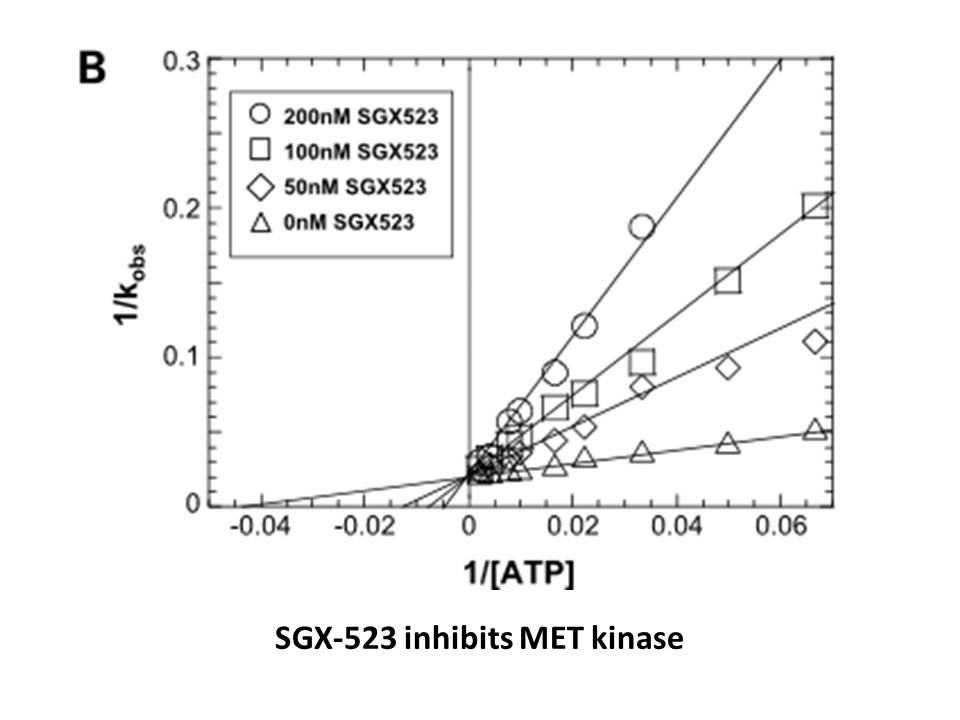
The presence of FBP2 in nuclei seems to accompany the cells' potential to divide as it has been shown that during differentiation of the satellite cells (myogenic progenitor cells) the amount of nuclear FBP2 decreases and in differentiated myotubes, the localisation of FBP2 is restricted to cytoplas
-
In the past two decades studies of
2022-01-07

In the past two decades, studies of the non-B cell-derived Ig, including cancer cell-derived IgG, have been predominately facilitated by general anti-human Ig antibodies, which do not distinguish the non-B Ig from classical Ig derived from B cells. Due to this caveat, it remains obscure about whethe
-
ZD 7288 br Drugs approved or in development To date
2022-01-07
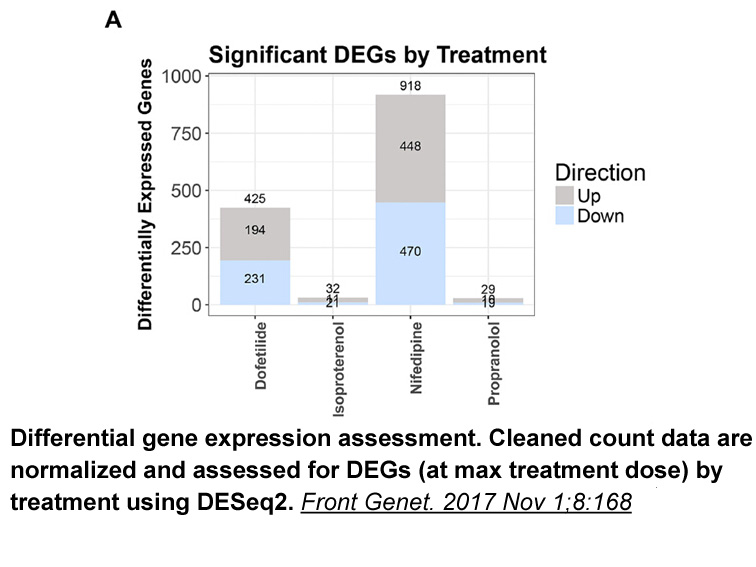
Drugs approved or in development To date, three drugs: RAL (MK-0518), EVG (GS-9137) and DTG (GSK1349572) [104], have been approved by the FDA. Their structures are shown in Fig. 5. DTG is under development by GlaxoSmithKline (GSK), and studies have shown DTG to be effective in patients with resis
-
In this review we focus on the structure
2022-01-07
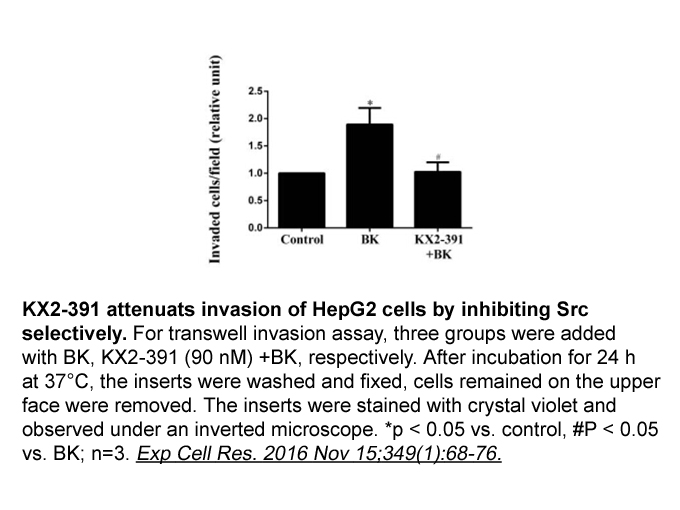
In this review, we focus on the structure and function of the KDM4A protein, its role in cancer development, and the importance of this enzyme as a therapeutic target. For further review of the KDM4 family, see Shi et al., Whetstine et al., and Berry et al. , , . KDM4A protein structure and enzymol
-
r78 The hyperacetylation of histone proteins by HATs is
2022-01-07

The hyperacetylation of histone proteins by HATs is known to be associated with gene activation [51]. In particular, p300, which is a transcription factor having HAT activity, links activators to the transcription machinery at promoters [52]. The p300/CBP complex dynamically regulates hundreds of di
-
Glycine released from astrocytes as well as neurons
2022-01-07
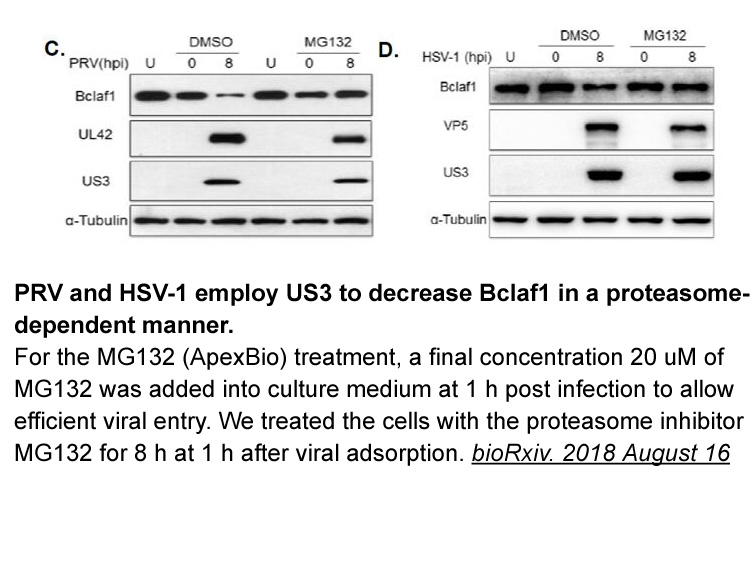
Glycine released from astrocytes as well as neurons is also known as a co-agonist of NMDAR (Roux and Supplisson, 2000). Neuronal glycine in mouse hippocampus might be released from glutamatergic terminals (Muller et al., 2013) that express functional PRIMA-1MET receptors (Rodriguez et al., 1997). G
-
The amyloid precursor protein APP is
2022-01-06
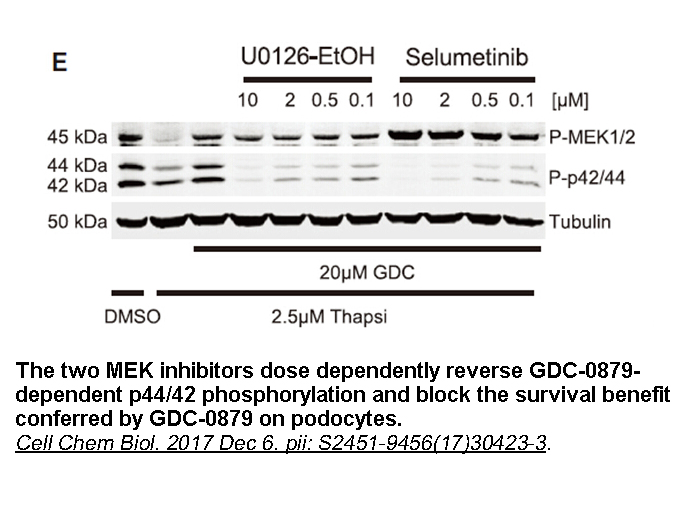
The amyloid precursor protein (APP) is a membrane protein thought to be involved in plasticity, synapse formation and repair, and export of metal ions [68]. The APP present in the brain can be cleaved by three different secretases [73], [74]. Cleavage of APP first by alpha secretase and then gamma-s
-
The precise mechanisms of action of
2022-01-06
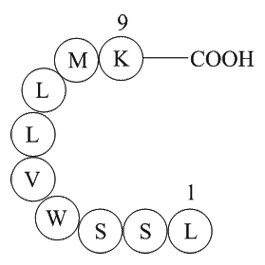
The precise mechanisms of action of 4-PBA are as yet ambiguous. Its capacity as a chemical chaperone has been thoroughly documented for the ABC transporter family in particular (Prulière-Escabasse et al., 2007; Iram and Cole, 2014; Gordo-Gilart et al., 2016; Pomozi et al., 2017). 4-PBA has been clas
-
br The concept of the axo myelin synapse Axons
2022-01-06

The concept of the axo-myelin ‘synapse’ Axons can release glutamate in a Ca+-dependent and independent manner (reviewed in [13,69]). Glutamate released from axons activates GluRs located in myelin, a feature that gave rise to the idea of the axo-myelin ‘synapse’ by analogy with classical synaptic
-
The widespread involvement of HH
2022-01-06
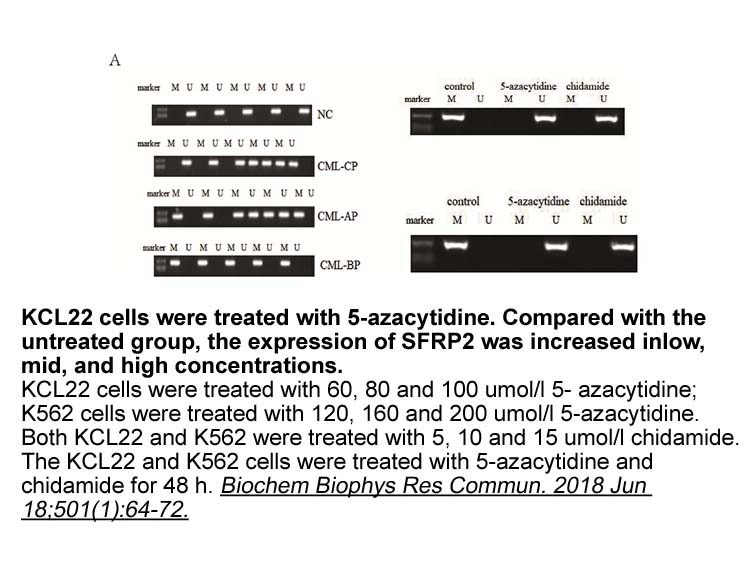
The widespread involvement of HH/GLI in human malignancies has initiated a remarkable effort to identify selective HPIs. As shown in Table 2.1, most of these small molecule inhibitors target the essential effector protein SMO, which should lead to pathway abrogation by eventually decreasing the GLIA
-
Target regulated the formation of G quadruplex was used here
2022-01-06

Target-regulated the formation of G-quadruplex was used here to “kill two Ki8751 with one stone” for the detection of melamine and I− with one probe DNA. G-quadruplexes are higher-order structures formed from G-rich oligonucleotides through the stacking of planar G-tetrads [43,44]. They have been e
11257 records 212/751 page Previous Next First page 上5页 211212213214215 下5页 Last page